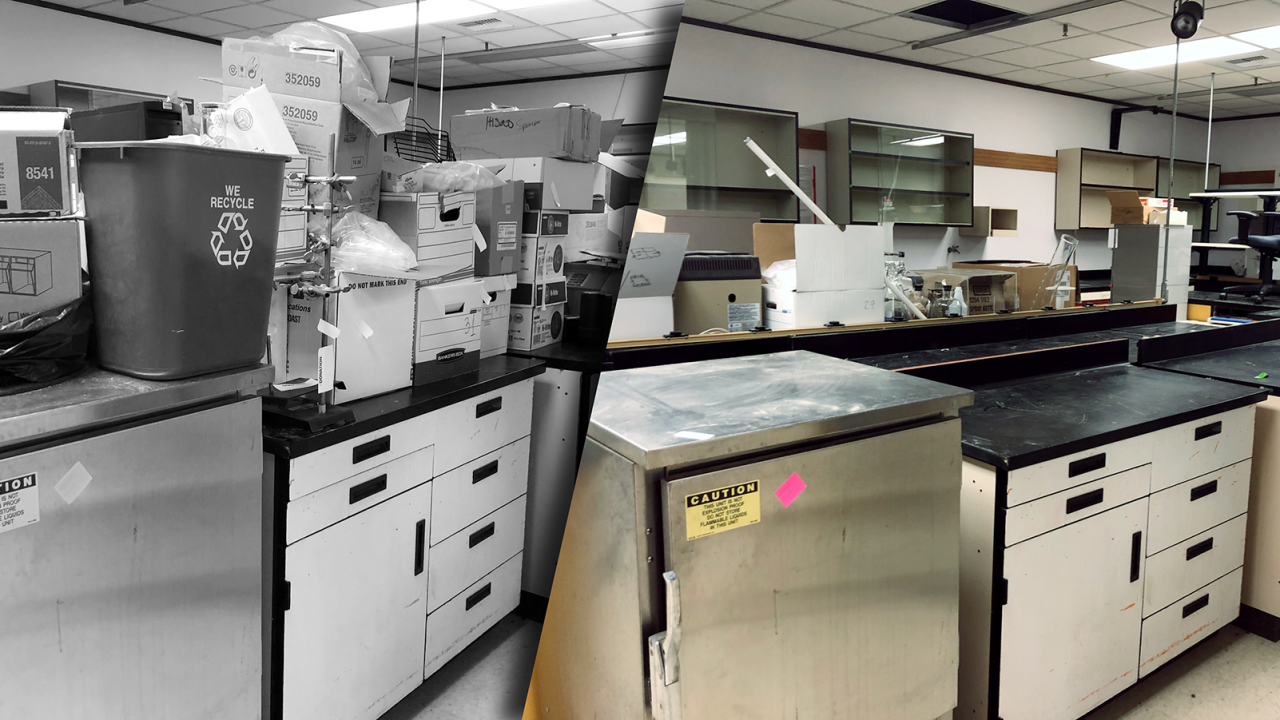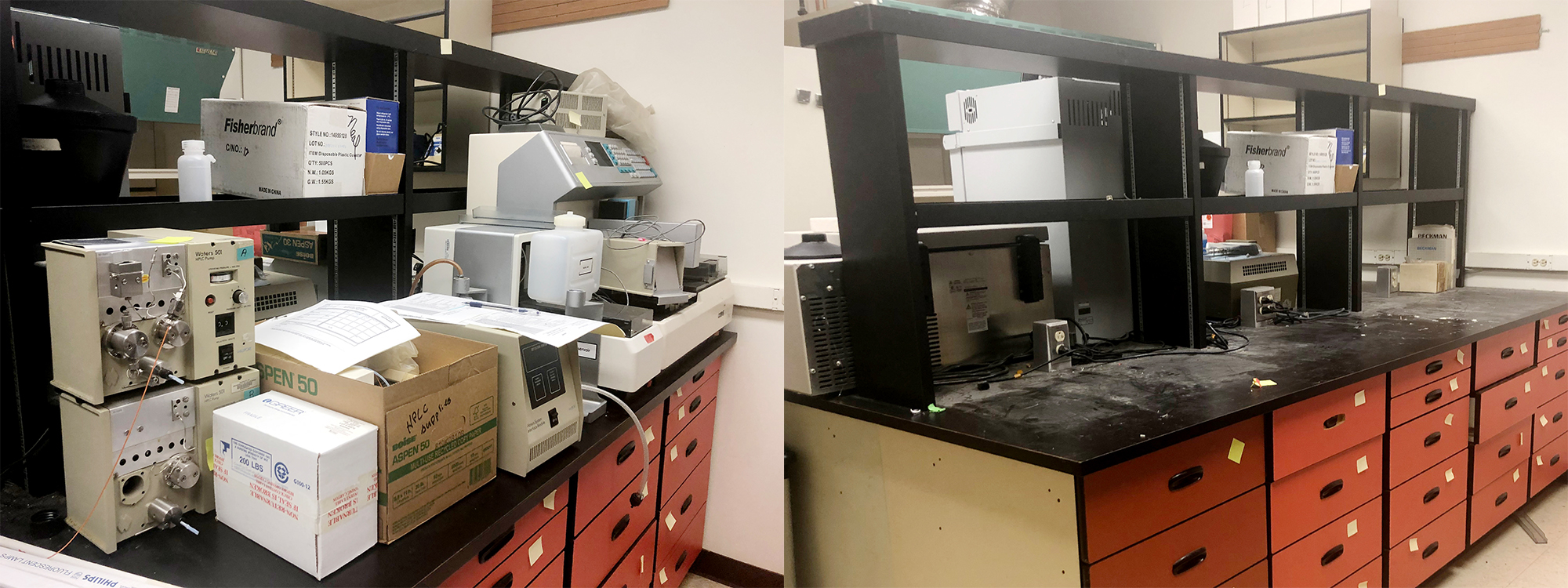
Reimagining Campus Space
Construction on campus has continued throughout the pandemic, but there’s another — perhaps less obvious — change that may further alter the landscape of UC Davis.
Tips for successful SMASH the Stash, from the Chemistry department
- Publicize it well. If you have a big group of people to get on board they will need to hear about it multiple times before they commit.
- Assign a department facilitator for the program, someone who knows your team members and can nudge people to get them on track.
For many UC Davis employees, the pandemic changed how and where they could accomplish their work. As more employees return to campus this fall, many are forging flexible work agreements that allow them to continue working remotely long-term — and departments are sizing up what those changes might mean for their offices.
“We’ve always had employees who work from home, but people seem a little more open to re-evaluating their space needs now,” said Kim Turner. “It can be a little silly to have a desk just sitting there empty four days of the week.”
Turner is the director of Space Management and Project Development, a little-known branch of UC Davis Design and Construction Management that supports campus leadership in implementing policy and allocating building space to campus units, while also developing innovative solutions to optimize the use of campus space.
“The Space Management team is involved very early in the planning phase of a construction project, and then again long after the construction process is completed — and then years later, while the buildings are being used,” Turner explains.
Making sure that campus space is used efficiently can help reduce the need for new, expensive construction — while improving the experience for Aggies who are working and studying in campus buildings.
“Having a brighter, cleaner, more open space to work in is a nice thing,” said Kate Tweddale, chief administrative officer for the UC Davis Department of Chemistry.
The chemistry department recently participated in a program that helps improve space management, called SMASH the Stash. The program, which brings together teams from Design and Construction Management and Supply Chain Management, helps campus units create usable space by coordinating the removal of all types of waste and surplus.

After some initial planning, 32 truckloads of surplus and waste — including furniture, equipment, chemicals, e-waste, trash, paper and shredded paper — were removed from the Chemistry and Chemistry Annex buildings during a two-week period.
"It feels great to get rid of a bunch of stuff," Tweddale said. "We Marie Kondo-ed our building, and that feels good."
It feels great to get rid of a bunch of stuff. We Marie Kondo-ed our building, and that feels good.
Kate Tweddale, CAO
Department of Chemisty
The process freed up nearly 14,500 square feet, including enough linear feet of lab bench space for 70 people. Not only did this extra space allow labs and offices to regain some elbow room, but also made it easier to accommodate two new faculty members joining the department and create necessary “swing space” for moving offices and labs around during a multi-year construction project in the Chemistry and Chemistry Annex buildings. All at a cost of about $1.77 per square foot of space reclaimed.
“It was a good catalyst to make decisions about stuff and get everybody to focus on it at the same time,” Tweddale said. “And we got rid of our waste responsibly, efficiently and in an environmentally friendly way. It was all done the right way.”
The SMASH the Stash program also helped recover more than 6,500 square feet for departments in the School of Veterinary Medicine in Tupper Hall. Projects are ongoing with the College of Letters and Sciences in Young Hall and with College of Engineering in Ghausi Hall.
SMASH the Stash is just one way that campus units are reimagining their space and saving money. Some departments have identified space they can give up permanently with more employees working remotely, which in some cases can mean saving on leasing costs or even claiming a budget incentive.
“We can help with just about anything, but mainly we can match up a space solution with needs,” Turner said. “It’s very helpful to know what kinds of space you need, with a clear knowledge of your org chart and how often various people are on-site. The more you can do that ahead of time, the easier it is for us to help.”